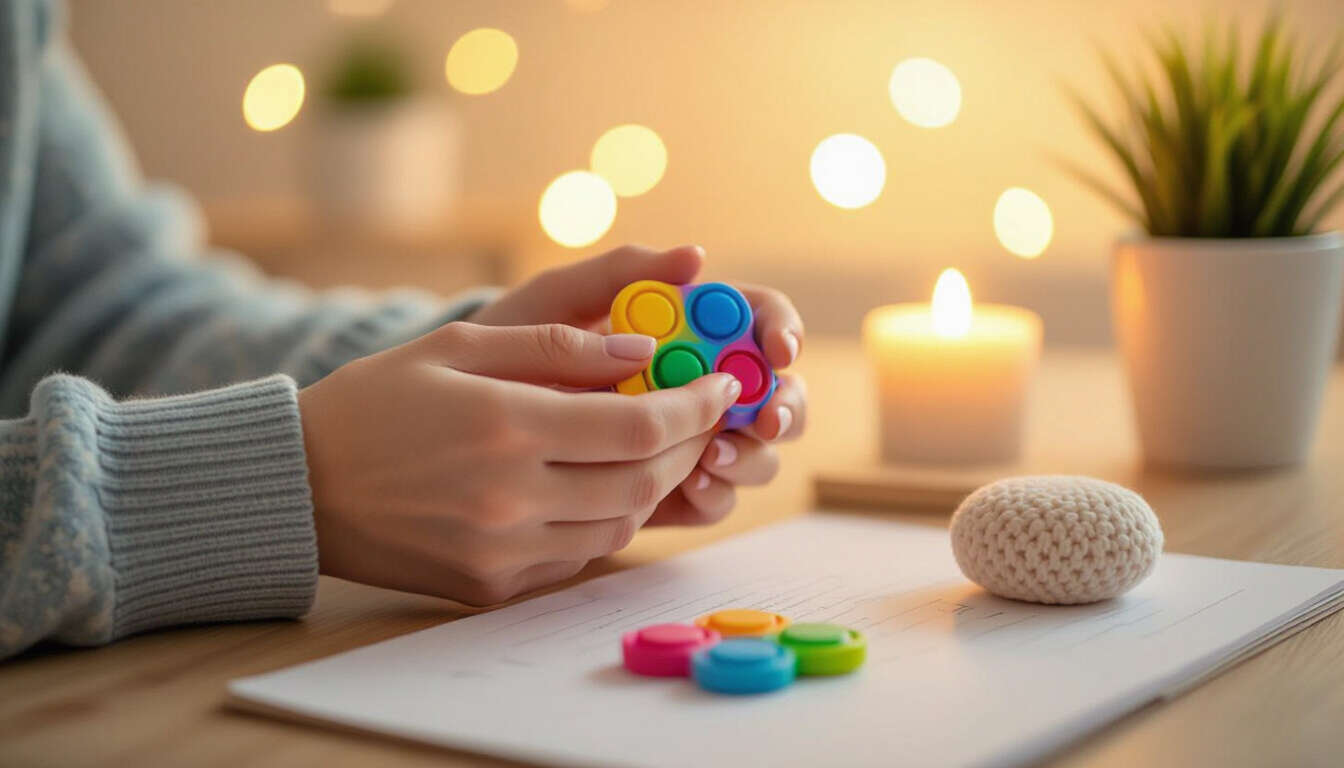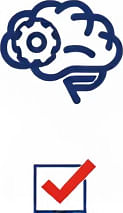Sensory Tools for Boosting ADHD Productivity
 by Verner Mayer
by Verner Mayer
Discover how sensory tools can support focus and productivity for those with ADHD. From fidget devices to calming aids, learn practical ways to manage daily challenges and achieve goals with empathy and ease.

Many people with ADHD face daily hurdles that make staying productive feel overwhelming. Sensory tools offer a gentle way to address these issues by providing physical input that soothes the mind and body. For instance, fidget toys can serve as simple companions during work sessions.
These tools work by offering stimulation that helps regulate attention. A sensory tool like a stress ball might seem minor, but it provides tactile feedback to keep hands busy while the mind concentrates on tasks. In quiet moments, such aids can make a difference in maintaining steady progress.
Consider incorporating these into routines. Start with noise-cancelling headphones, which create a peaceful environment by blocking out distractions. This allows for deeper engagement in activities without the pull of external noises. Pairing this with a weighted lap pad can add a comforting pressure that promotes relaxation and clarity.
Benefits in Daily Life
Sensory tools bring noticeable improvements in focus and energy levels. For adults managing work deadlines, using a vibration device during meetings can help channel restlessness into productive energy. Young adults in study settings might find textured items, like silicone beads, useful for keeping thoughts on track.
It's important to experiment with what feels right. One person may prefer visual aids, such as a lava lamp, to create a calming visual field that reduces mental clutter. Another might opt for aroma diffusers with soothing scents to enhance concentration. The key is finding options that align with personal needs.
Practical Tips for Integration
To make the most of these tools, begin with small changes. Set aside time each day to test different items and note their effects. For example, keep a fidget toy nearby during reading or writing sessions to monitor how it influences output. Over time, this can lead to better habits and reduced frustration.
Building a supportive space is also essential. Arrange a dedicated area with a few selected tools to encourage regular use. Share experiences with others facing similar challenges; community input can provide new ideas and reassurance.
In closing, embracing sensory tools is about fostering self-compassion and growth. By integrating them thoughtfully, individuals with ADHD can experience more consistent productivity and a sense of accomplishment in everyday life.
